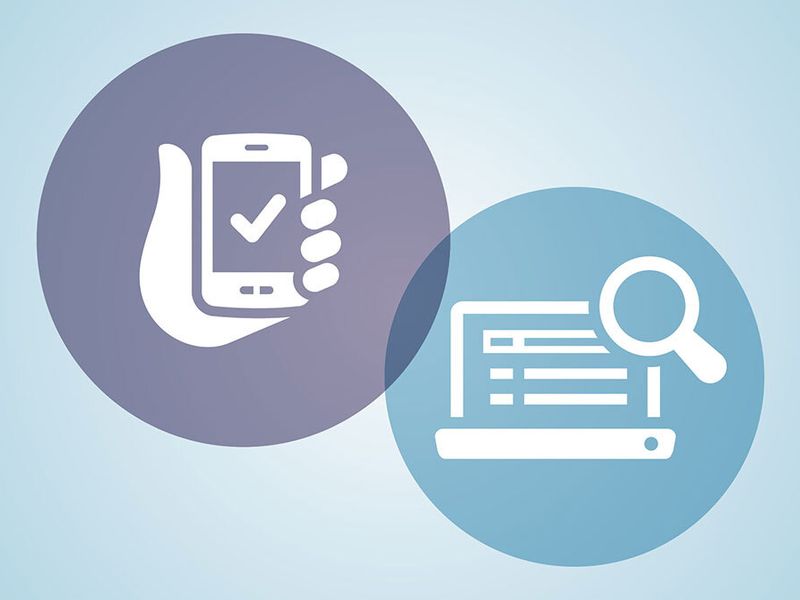 MH Illustration
MH Illustration
As healthcare continues with its digital transformation, questions linger as to what role technologies like remote patient monitoring and virtual care platforms will actually play in a post-pandemic framework. “In some ways, COVID has given the opportunity for healthcare stakeholders to improve and try to focus on using these innovations for better care management,” said Jailendra Singh, senior equity research analyst for Credit Suisse. “I think digital health can be seen as a tool that can make hospitals and doctors and clinics much more efficient.” Many digital health firms believe the greatest opportunities moving forward will involve collaboration rather than competition with traditional healthcare providers. “We had very interesting discussions pre-pandemic where everyone told us they loved what we were doing, but that they would be ready to move forward on it in about two years,” said Mario Anglada, CEO of Hoy Health, a digital primary-care services platform designed to meet healthcare needs for medically underserved populations. “When the pandemic hits, that talk quickly changes to people asking to tap into our system immediately.” Launched in 2017, Anglada said the goal of the company was to create the first bilingual comprehensive primary care-oriented network that targets the roughly 140 million individuals estimated to be either uninsured or underinsured. In addition to telehealth and remote patient monitoring services, the company also offers medication access through a virtual pharmacy and health literacy and life coach support in 19 different languages. Hoy Health began as a cash-based model that worked directly with patients. Over time, the company shifted its approach to work with federally qualified health centers, physician clinics, hospital systems and HMOs. Most of those collaborations involve supporting providers with chronic disease management among their vulnerable patients. A recent white paper the company produced featured a case study involving a 2020 partnership with Puerto Rico-based community health center Salud Integral en la Montana. Clinicians checked the glucose levels and blood pressures of more than 100 patients over a 90-day evaluation period using their data analytics mobile app downloaded onto Bluetooth-enabled cell phones. Results showed the platform was associated with improvements in disease management and adherence among 39 of 55 diabetes patients and 37 out of 65 patients with hypertension. Hoy Health provides patients with data plans and internet-enabled devices for those in need to overcome potential connectivity challenges. Despite such success, questions remain regarding how hospitals and health systems will ultimately come to view digital health once their volume of in-person patient visits get closer to pre-COVID levels. Some organizations have begun to look at how they can provide care that blends traditional physical access to healthcare with digital connections, said Brian Kalis, managing director of health strategy for Accenture. The heavy reliance on fee-for-service payment is also something the industry needs to figure out if digital health tools are to gain wider acceptance. “Reimbursement is both a key barrier and accelerant of digital health solutions,” Kalis said. “Moving toward more value-based models has the potential to accelerate digital health adoption because you have clearer paths to payment.”
Source link : https://www.modernhealthcare.com/digital-health/digital-health-key-making-industry-more-efficient











